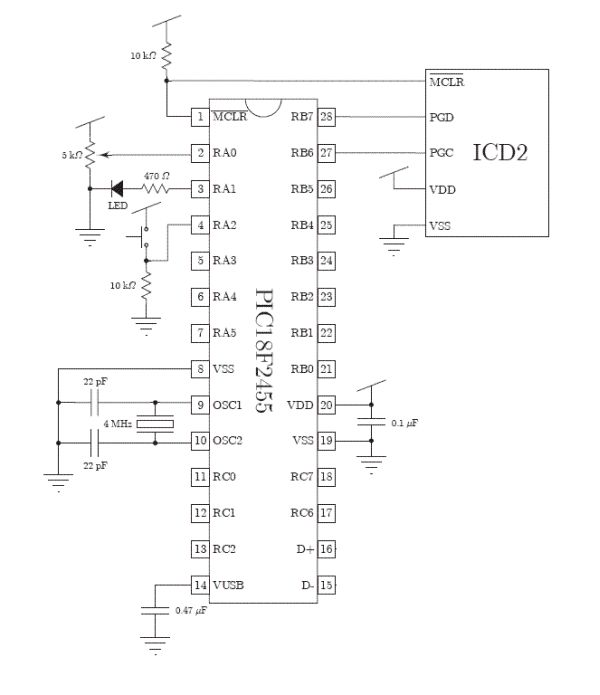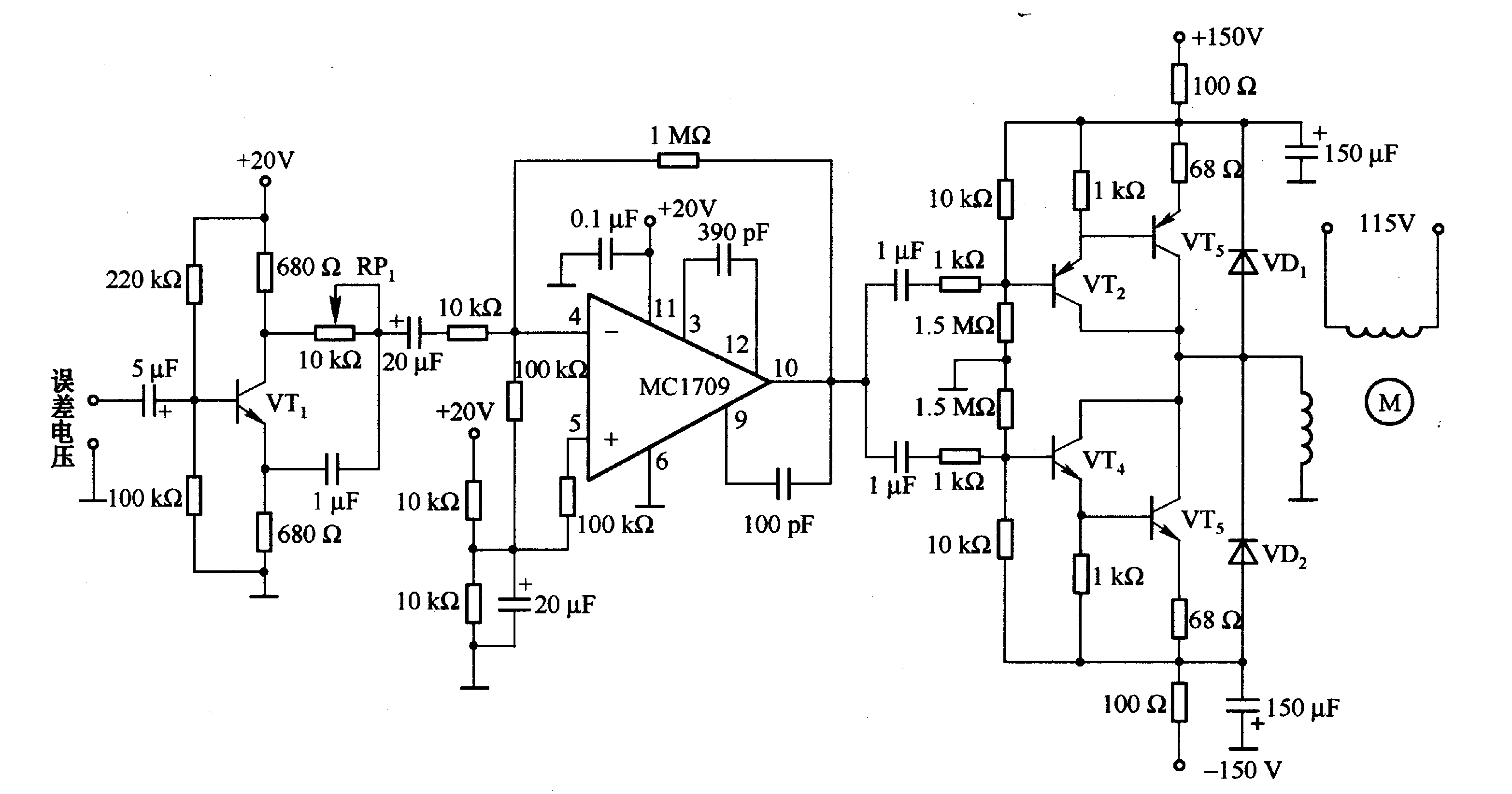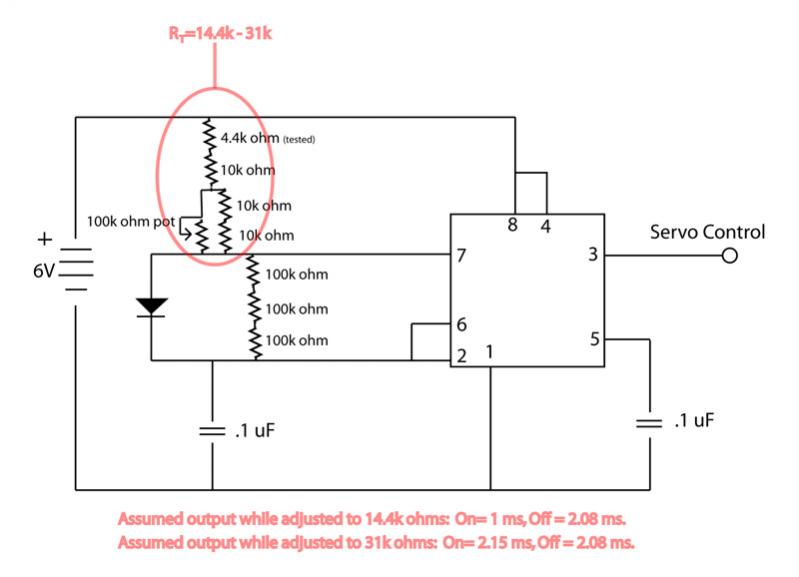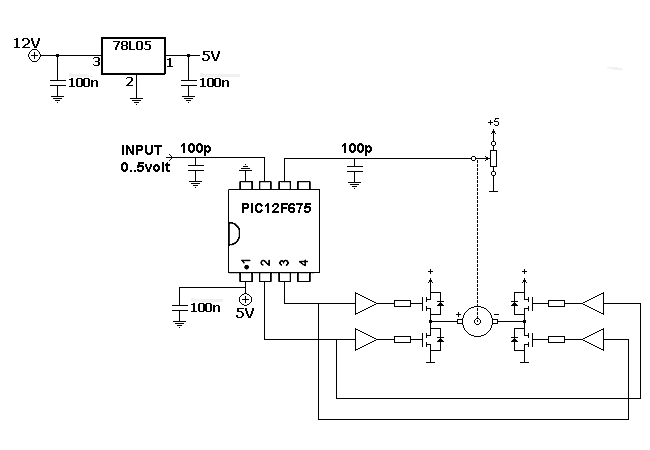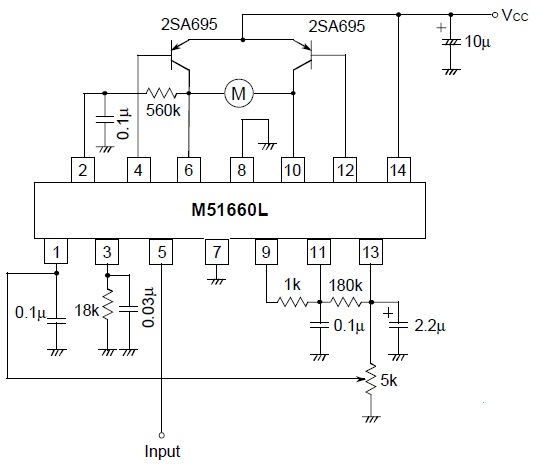
boarduino wii nunchuck servo
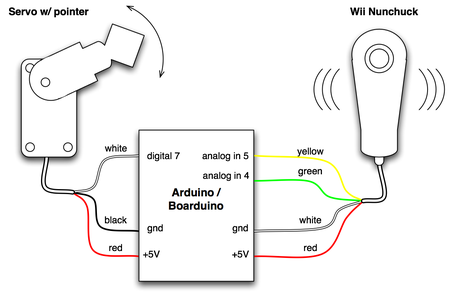
The small footprint of the Boarduino prompted an exploration into how compact a device could be created in one hour using various complex components. The combination of a Boarduino, a Wii Nunchuck, and a hobby servo motor was chosen for this project. The Wii Nunchuck is a remarkable technology that, for around $20, offers a 3-axis accelerometer, a 2-D analog joystick, and two buttons, all accessible through the standard I2C protocol. The hobby servo motor is also an impressive piece of technology, requiring only one wire (in addition to power and ground) to indicate the desired angle of rotation. Both devices can be directly connected to a Boarduino or an Arduino board. The Boarduino is a compact programmable microcontroller that functions similarly to an Arduino, utilizing the same programming software and serving as a substitute in any Arduino projects. For those seeking a smaller and more affordable Arduino alternative without the hassle of wiring between an Arduino and a solderless breadboard, the Boarduino is an ideal choice. It is designed to be plugged into a solderless breadboard, which can be more cost-effective compared to the standard Arduino prototyping solution involving a shield board that attaches to the top of an Arduino. However, the Boarduino occupies a significant portion of the breadboard space. For those concerned about this, the Bare Bones Arduino clone from Modern Device is an alternative. The Boarduino's compact size is partly due to the absence of the USB-to-serial interface chip found on all Arduino boards. While this chip is convenient, it occupies space. The manufacturer of this chip provides a cable with the chip integrated, and Adafruit offers this cable at a competitive price when purchased with a kit. With multiple Boarduinos, only one FTDI cable is needed, and these cables are also beneficial for other small non-Arduino projects that require USB-to-serial connectivity. The Boarduino is available as an easy-to-solder kit, accompanied by comprehensive step-by-step instructions. The quality of these instructions, which include schematics and board layout files, allows for the possibility of building a Boarduino without purchasing a kit from Adafruit, although the kit simplifies the process. The components are standard and straightforward to work with, and Adafruit's documentation guides users through the necessary tools and steps to complete the assembly. For those with prior soldering experience, the assembly should take about an hour, while beginners may need to allocate several hours. Ultimately, this project results in both a valuable new skill and a functional device. Additionally, for users who become familiar with the Arduino coding environment, the Boarduino serves as an affordable AVR ATmega (8, 168) development platform, featuring a standard 6-pin ISP header compatible with any AVR programmer.
The Boarduino serves as a versatile and compact platform suitable for various electronic projects. Its compatibility with the Wii Nunchuck and hobby servo motor allows for the creation of interactive and dynamic applications. The Wii Nunchuck's integrated sensors provide input capabilities, while the servo motor can be utilized for precise control of mechanical movements. This combination can be particularly advantageous in robotics, gaming, and remote control applications, where space and efficiency are critical.
The Boarduino's design facilitates easy integration into breadboard setups, making it an excellent choice for prototyping and experimentation. Its omission of the USB-to-serial interface chip further enhances its compactness, allowing for more efficient use of space on the breadboard. The use of the FTDI cable for programming and serial communication simplifies the setup process for multiple Boarduinos, enabling rapid development and testing of multiple projects.
The provided assembly instructions and documentation from Adafruit not only ensure a smooth building experience but also serve as an educational resource for those new to soldering and electronics. The inclusion of a 6-pin ISP header allows for advanced users to program the Boarduino using various AVR programming tools, expanding its functionality beyond the Arduino environment.
In summary, the Boarduino, when combined with devices like the Wii Nunchuck and hobby servo motor, presents a powerful platform for creating compact, innovative electronic projects. Its ease of use, affordability, and versatility make it a valuable tool for both beginners and experienced engineers in the field of electronics.The Boarduino`s small footprint made me want to see how small of a device I could whip up in an hour from some fairly complex components. So I decided to see how small the combination of a Boarduino, a Wii Nunchuck, and a hobby servo motor could be.
Here`s a little video of the result. The Wii Nunchuck is an amazing piece of technology. For $20 yo u get a 3-axis accelerometer, a 2-D analog joystick, two buttons, and it`s all accessed via the standard I2C protocol. A hobby servo is another piece great tech; only one wire is needed (besides power & ground) to specify the angle the motor should turn to.
And both of these devices can plug straight into a Boarduino or Arduino board. The Boarduino is small programmable microcontroller and is an Arduino work-alike. It uses the same programming software as Arduino and can substitute for an Arduino in any Arduino projects. A Boarduino might be better for you if want a smaller and cheaper Arduino and don`t like running wires between your Arduino and a solderless breadboard.
The Boarduino is made to be plugged into a solderless breadboard. This ends up being cheaper than the standard Arduino prototyping solution of a shield board that plugs onto the top of an Arduino board, especially if you do lots of projects. The Boarduino does cover up a substantial part of a breadboard. If this bothers you, there is the Bare Bones Arduino clone from Modern Device. One of the ways Boarduino is so tiny is that it omits the USB-to-serial interface chip that is part of every Arduino board.
Having that always present is really convenient, but it takes up space. The company that makes that chip, makes a cable that with the chip embedded into it. Adafruit sells this cable, cheaper than anywhere else if you buy it with a kit. If you have multiple Boarduinos, you only need one FTDI cable for them all. And the cables are useful for other little non-Arduino projects that require a USB-to-serial connection. The Boarduino comes as an easy-to-solder kit, with excellent step-by-step instructions. In fact, the instructions are so good, with schematics and board layout files, you could build your own Boarduino without buying a kit from Adafruit, but they`ve done all the hard work so you just have to solder it together.
If this is off-putting to you, don`t worry. These are really standard parts that are hard to mess up. Adafruit`s documentation not only walks you through what the parts are and how to turn the kit into a working board, but also what tools you`ll need (with links) to get the job done. If you`ve soldered anything before, this will take you about an hour. If you`ve never soldered before, set aside a few hours. At the end you`ll have both an extra useful skill and a new working gizmo. Finally, if you begin to grow out of the Arduino coding environment, the Boarduino is also a nice little inexpensive AVR ATmega{8, 168) development platform.
It contains the standard 6-pin ISP header that works with any AVR programmer. I`m using the Arduino Mini 04 and wondering what changes must I make in order to utilize this great information How does the mini perform in speed, compared to the larger chipset. 🔗 External reference
The Boarduino serves as a versatile and compact platform suitable for various electronic projects. Its compatibility with the Wii Nunchuck and hobby servo motor allows for the creation of interactive and dynamic applications. The Wii Nunchuck's integrated sensors provide input capabilities, while the servo motor can be utilized for precise control of mechanical movements. This combination can be particularly advantageous in robotics, gaming, and remote control applications, where space and efficiency are critical.
The Boarduino's design facilitates easy integration into breadboard setups, making it an excellent choice for prototyping and experimentation. Its omission of the USB-to-serial interface chip further enhances its compactness, allowing for more efficient use of space on the breadboard. The use of the FTDI cable for programming and serial communication simplifies the setup process for multiple Boarduinos, enabling rapid development and testing of multiple projects.
The provided assembly instructions and documentation from Adafruit not only ensure a smooth building experience but also serve as an educational resource for those new to soldering and electronics. The inclusion of a 6-pin ISP header allows for advanced users to program the Boarduino using various AVR programming tools, expanding its functionality beyond the Arduino environment.
In summary, the Boarduino, when combined with devices like the Wii Nunchuck and hobby servo motor, presents a powerful platform for creating compact, innovative electronic projects. Its ease of use, affordability, and versatility make it a valuable tool for both beginners and experienced engineers in the field of electronics.The Boarduino`s small footprint made me want to see how small of a device I could whip up in an hour from some fairly complex components. So I decided to see how small the combination of a Boarduino, a Wii Nunchuck, and a hobby servo motor could be.
Here`s a little video of the result. The Wii Nunchuck is an amazing piece of technology. For $20 yo u get a 3-axis accelerometer, a 2-D analog joystick, two buttons, and it`s all accessed via the standard I2C protocol. A hobby servo is another piece great tech; only one wire is needed (besides power & ground) to specify the angle the motor should turn to.
And both of these devices can plug straight into a Boarduino or Arduino board. The Boarduino is small programmable microcontroller and is an Arduino work-alike. It uses the same programming software as Arduino and can substitute for an Arduino in any Arduino projects. A Boarduino might be better for you if want a smaller and cheaper Arduino and don`t like running wires between your Arduino and a solderless breadboard.
The Boarduino is made to be plugged into a solderless breadboard. This ends up being cheaper than the standard Arduino prototyping solution of a shield board that plugs onto the top of an Arduino board, especially if you do lots of projects. The Boarduino does cover up a substantial part of a breadboard. If this bothers you, there is the Bare Bones Arduino clone from Modern Device. One of the ways Boarduino is so tiny is that it omits the USB-to-serial interface chip that is part of every Arduino board.
Having that always present is really convenient, but it takes up space. The company that makes that chip, makes a cable that with the chip embedded into it. Adafruit sells this cable, cheaper than anywhere else if you buy it with a kit. If you have multiple Boarduinos, you only need one FTDI cable for them all. And the cables are useful for other little non-Arduino projects that require a USB-to-serial connection. The Boarduino comes as an easy-to-solder kit, with excellent step-by-step instructions. In fact, the instructions are so good, with schematics and board layout files, you could build your own Boarduino without buying a kit from Adafruit, but they`ve done all the hard work so you just have to solder it together.
If this is off-putting to you, don`t worry. These are really standard parts that are hard to mess up. Adafruit`s documentation not only walks you through what the parts are and how to turn the kit into a working board, but also what tools you`ll need (with links) to get the job done. If you`ve soldered anything before, this will take you about an hour. If you`ve never soldered before, set aside a few hours. At the end you`ll have both an extra useful skill and a new working gizmo. Finally, if you begin to grow out of the Arduino coding environment, the Boarduino is also a nice little inexpensive AVR ATmega{8, 168) development platform.
It contains the standard 6-pin ISP header that works with any AVR programmer. I`m using the Arduino Mini 04 and wondering what changes must I make in order to utilize this great information How does the mini perform in speed, compared to the larger chipset. 🔗 External reference
Warning: include(partials/cookie-banner.php): Failed to open stream: Permission denied in /var/www/html/nextgr/view-circuit.php on line 713
Warning: include(): Failed opening 'partials/cookie-banner.php' for inclusion (include_path='.:/usr/share/php') in /var/www/html/nextgr/view-circuit.php on line 713

